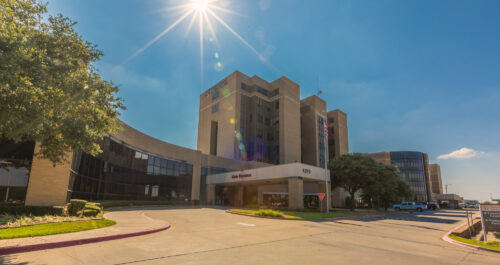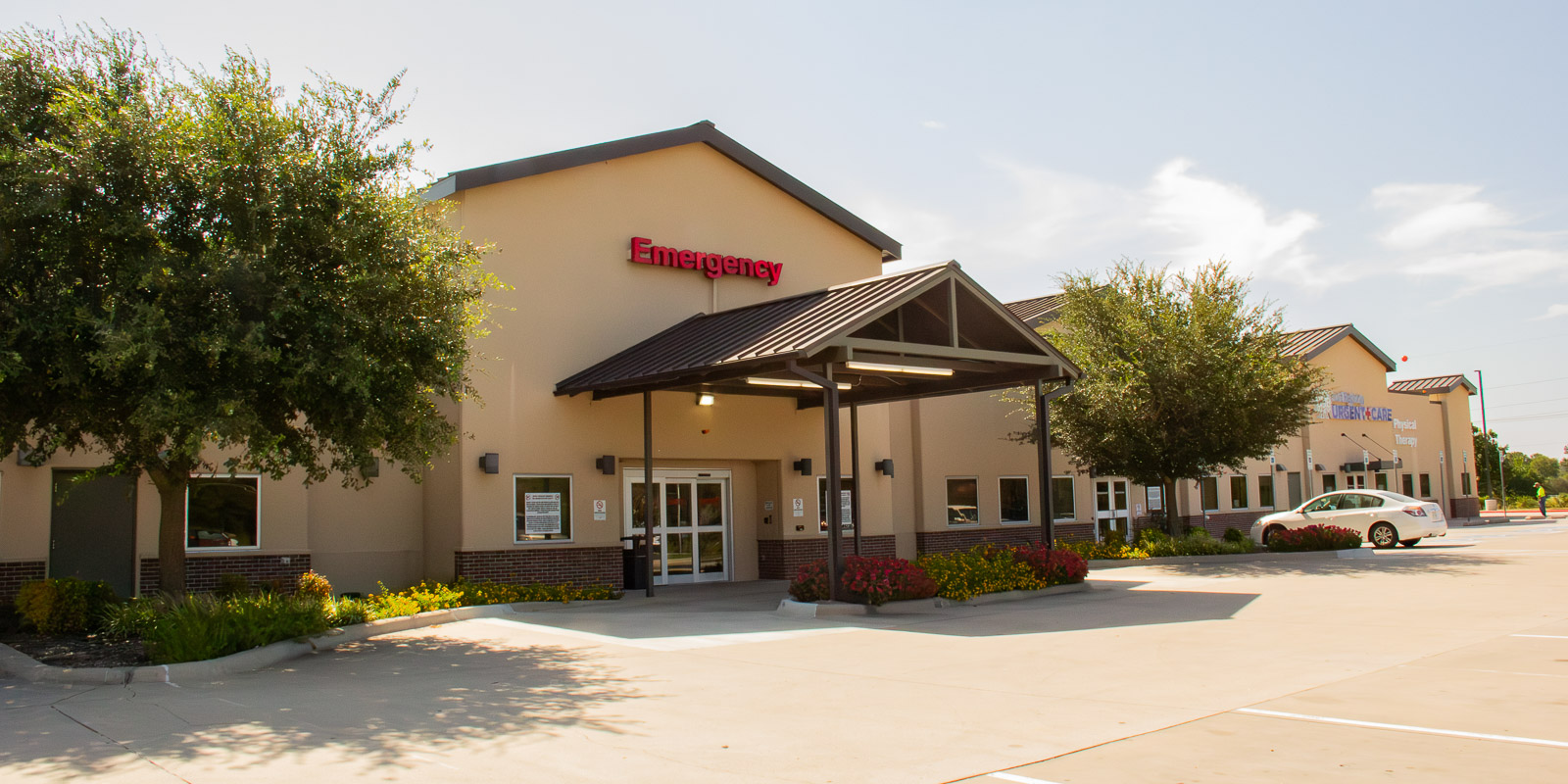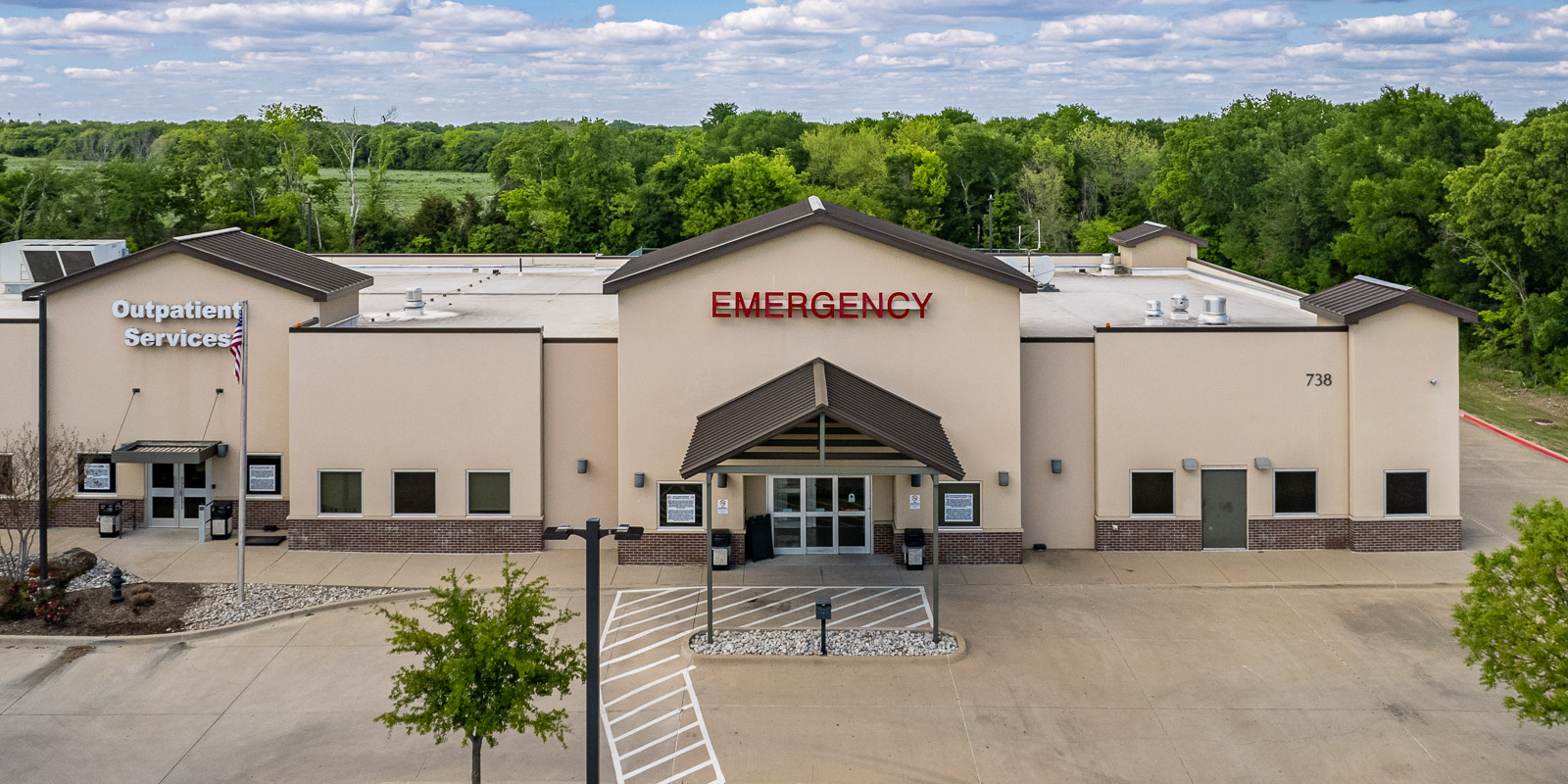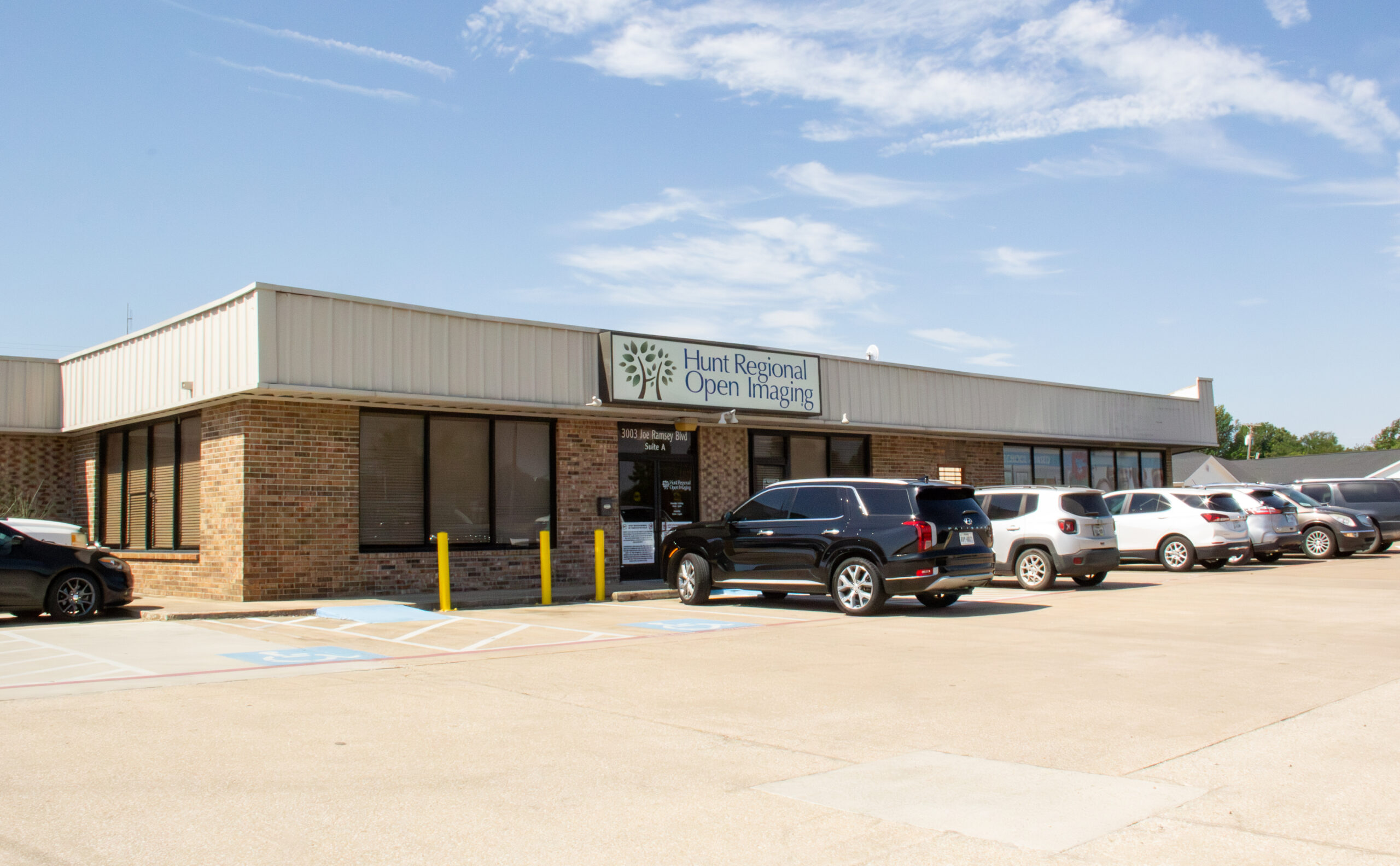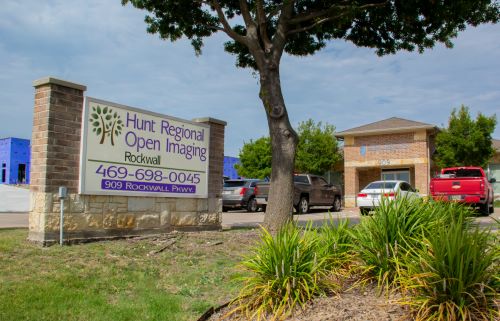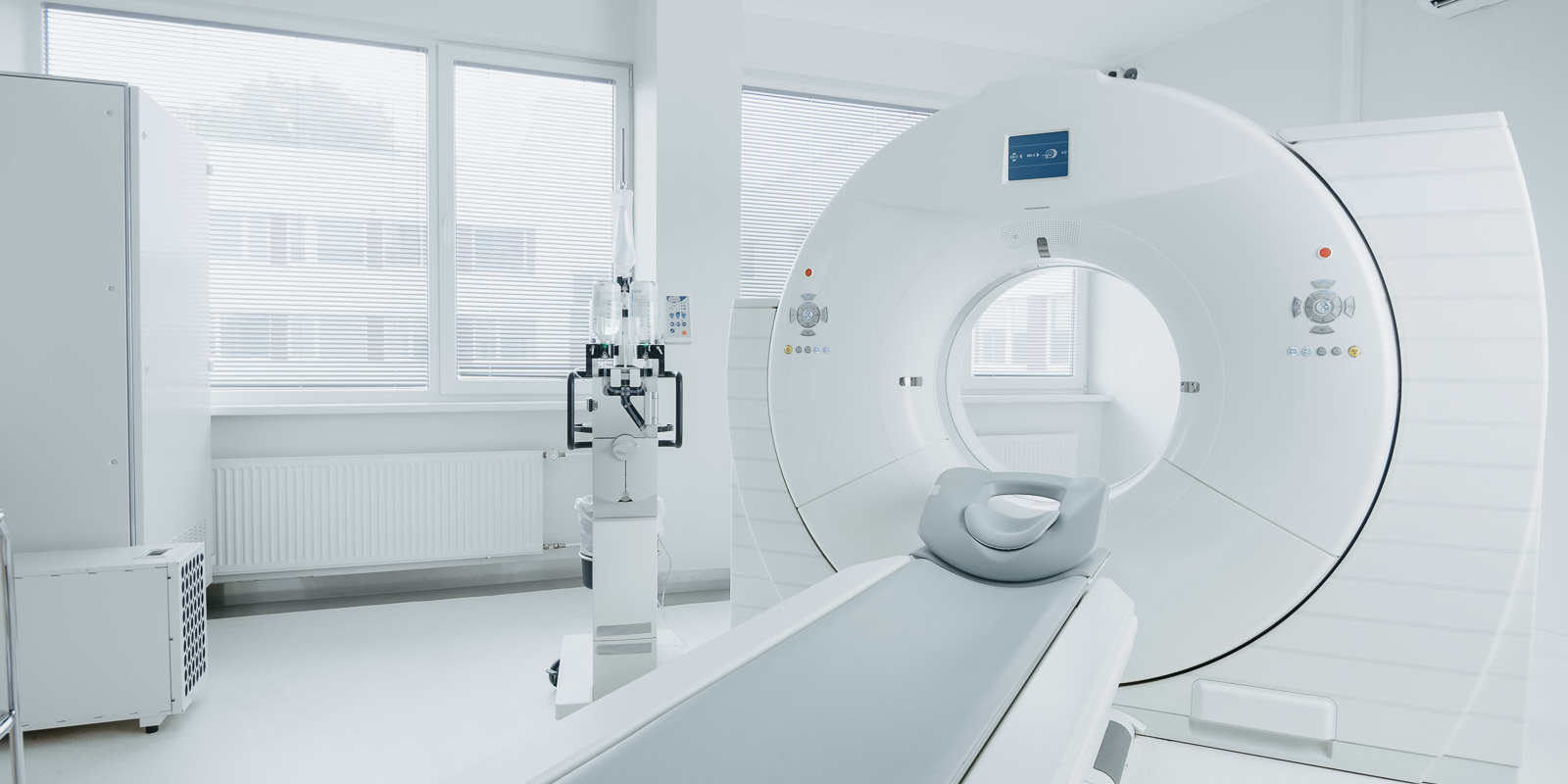
Magnetic Resonance Angiography (MRA)
About
Magnetic Resonance Angiography (MRA) is a non-invasive method of vascular imaging that offers real-time, interactive imaging. MRA can be performed as an outpatient procedure, making it an attractive alternative to traditional X-ray angiography, which is more invasive and requires a hospital stay. Hunt Regional Medical Center's diagnostic imaging center has the Gyroscan Intera, the latest MRA available, and the Oasis Open MRI. Both are exceptionally fast, reducing total imaging time. MRA capabilities at Hunt Regional can lessen the need for long scans or repeat examinations. Continue below to learn about different types of MRA and how to prepare for your exam.
Types of MRA Exams
Preparing for an MRA Exam
On the day of your MRA exam, do not wear makeup, jewelry, hair clips, or other metallic items. You may eat and drink as usual and remain active right up until the time of your appointment.
Due to the strong magnetic field, the MRA scanner cannot be used by anyone with a cardiac pacemaker, ferromagnetic aneurysm clip neurostimulator, inner ear prosthesis, or any other metal or magnet-sensitive object.
